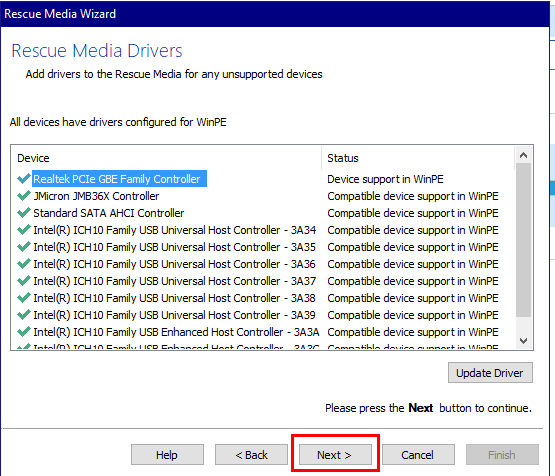


You MAY have to use the DISKPART program (located on the rescue disk) to initialize the SSD. Even if the SSD was not formatted, you should be able to restore too it as long as your backup is an image of the entire drive - or at least all partitions required to boot Windows.

Were you booted into a Reflect rescue disk - one using WINpe or WINre which you booted via a USB (or similar storage media) - NOT using the rescue environment on the SSD itself? So my first question is: Did you at any point before this restore attempt test your Rescue environment to check whether it was EVER able to see all of your storage devices? Or is it possible that it was never able to see your NVMe device and you simply never noticed that until now? (If the latter, this is probably obvious by this point, but going forward you should always test your restore mechanism before you actually need it to validate that it works or fix any issues while it's still convenient to do so, because having backups that you're unable to restore isn't all that useful.)īut given that you're in this predicament now, if you boot into Rescue, click on the Restore menu near the top of the interface, and select View Unsupported Devices, do you see a storage device listed? Since the Rescue environment isn't running on top of your main Windows environment, it needs to include its own set of drivers. I'm guessing that the backups you've been performing since receiving your PC were performed within Windows, correct? And if you're now trying to restore your Windows partition, you'd have to do so using the bootable Rescue interface, either using the "recovery boot menu" option or an actual bootable Rescue Media USB device or optical disc.


 0 kommentar(er)
0 kommentar(er)
